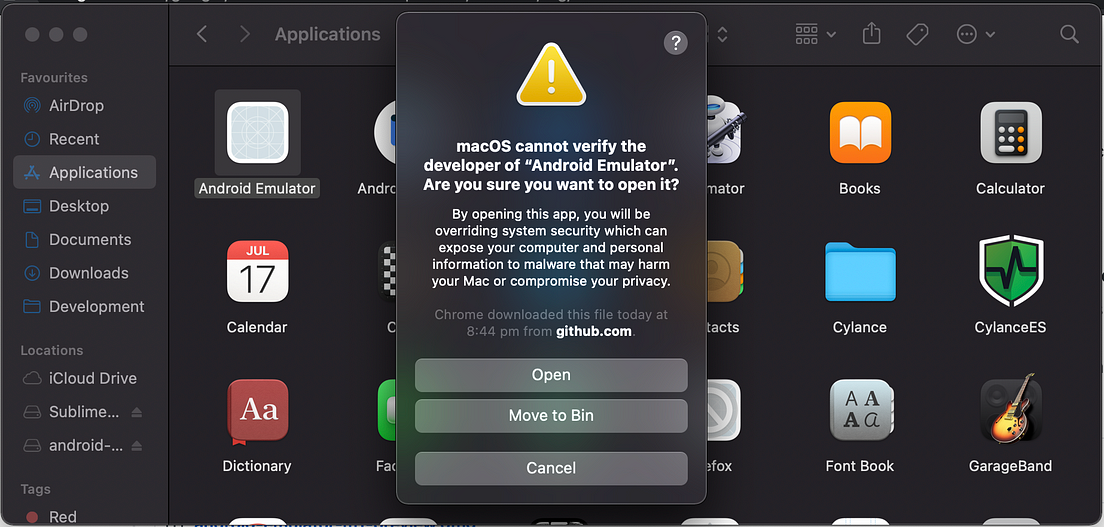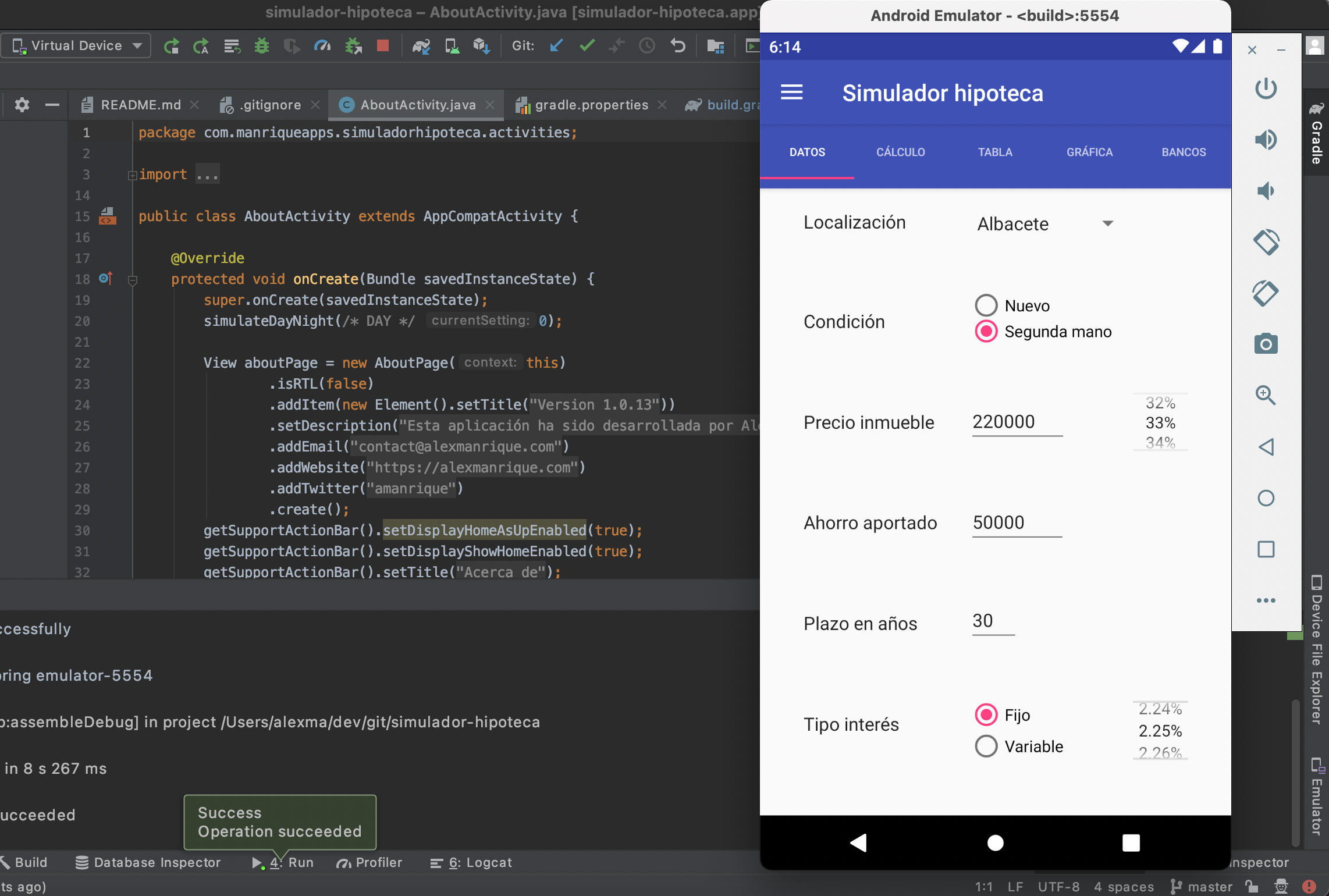This is the second post that I dedicate to talk about configurations using the new M1 Apple processor. As I said in the previous post, these configurations are workarounds until stable versions are released, however, for me, they have been useful and I guess that someone in the same situation as me can benefit from that.
- Now They work on M1 Macbook Air! Homebrew is not a virtualization???? Other three softwares are! Tell me what you think after watching this video.
- Whether it is LG, Samsung, or Huawei, 90% of the mobile phones function on Android. Considering such tremendous growth in the mobile app development.
- In this video, I show how to set up android emulator on the macbook pro m1 8GB and take you through a few sample code changes in a fairly large repository to.
Using Android studio in the new Macbook Air
When you install Android Studio you will get the following warning:

Bmw navigation dvd road map europe professional 2014. Unable to install Intel® HAXM
Your CPU does not support VT-x.
.Download. latest android emulators for mac. Here we have explained how to run android apps on mac. We have collected top. most android emulators of yosemite and OS X. How to create Android emulators in M1 Mac. Using Android Studio Emulators in M1 Mac: Previously, when M1 Macbooks were released, Android studio didn’t have any support for emulators. Google has released a different preview build for emulators. You can check this build here.
Unfortunately, your computer does not support hardware-accelerated virtualization.
Here are some of your options:
1 - Use a physical device for testing
2 - Develop on a Windows/OSX computer with an Intel processor that supports VT-x and NX
3 - Develop on a Linux computer that supports VT-x or SVM
4 - Use an Android Virtual Device based on an ARM system image
(This is 10x slower than hardware-accelerated virtualization)
Creating Android virtual device
Android virtual device Pixel_3a_API_30_x86 was successfully created
And also in the Android virtual device (AVD) screen you will read the following warning:
Android Emulator For M1 Macbook Plus
If you want to learn more regarding virtualization in processors you can read the following Wikipedia article, the thing is that our M1 processor doesn’t support VT-x, however, we have options to run an Android Virtual Device.
As the previous message was telling us, we have 4 options. The easiest way to proceed is to use a physical device, but what if you haven’t one available at the moment you are developing?
From now on, we will go with the option of using an Android virtual device based on an ARM system image as options 2 and 3 are not possible to execute.
Using the virtual emulator

Android On M1 Mac
The only thing that you have to do is to download the last available emulator for Apple silicon processors from Github https://github.com/741g/android-emulator-m1-preview/releases/tag/0.2
Once you have downloaded you have to right-click to the .dmg file and click open to skip the developer verification.
After installing the virtual emulator, we have to open it from the Applications menu.
After opening it you will see Virtual emulator in Android Studio available to deploy your Android application. Make sure to have Project tools available in Android Studio (View -> Tool Windows -> Project)
After pressing the launch button you will get your Android application running in your ARM virtual emulator :-)
Conclusion
In this post, we have seen that is possible to install Android Studio in Macbook Air M1 and use a virtual device even that your M1 doesn’t support VT-x. You can learn more about this emulator in the following references:
Author
Revo App
Latest Version:
1.0
Publish Date:
Nov 16 2016
Terminal Emulator For Android
Category:
Get it on:
Requirements:
2.3 or higher+

Version : 1.0 for Android 2.3 or higher

Android Emulator For M1 Macbook Download
Update on : 2016-10-23